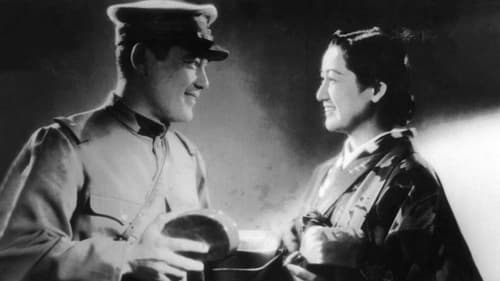
Screenplay
A comedy directed by Yasuzo Masumura starring Yunosuke Ito.

Screenplay
1962 Japanese movie

Screenplay
Based on the novel of the same name by Seichô Matsumoto.

Writer
An Ishiro Honda film.

Screenplay

Screenplay
Live-action adaptation of Yoshiro Kato’s manga.

Screenplay
Japanese drama film.

Screenplay
Upon discovering that her father has a mistress, a young girl befriends the "other woman" and her child. Realizing that her half-sister is doomed to being regarded as an outcast, the heroine sets about to spiritually legitimize the girl.

Screenplay
A ghost man with his face hidden entirely by bandages is killing beautiful nude models. Detective Kindaichi investigates.

Screenplay
「家族会議」の山ロ松三郎製作の春青メロドラマ。「沖縄健児隊」の沢村勉のオリジナル・シナリオから「処女雪」の原研吉が監督した。撮影は「朝霧(1953)」の森田俊保、音楽は「勢揃い 大江戸六人衆」の加藤光男。出演者は大船映画初出演の「花の生涯」の草苗光子、「蛮から社員」の三島耕、「家族会議」の月丘夢路、「青春三羽烏」の三橋達也などである。

Screenplay
圭子は可憐な港の花売娘で、盲目の母しげと二人で暮らしていた。唯一の望みは、満州から引揚げの途中行方不明になった兄浩が無事でいてくれることだった。最近消息がわかり、貨物船の船員になって、この港へ帰って来るはずが船は入港したが、密輸に加担しなかった浩は上陸出来なかった…

Screenplay

Adaptation

Director
Excerpts from the 1942 propaganda film Toyo no Gaika celebrate the Japanese occupation of the Philippines during World War II. Named after a Japanese victory song, the film uses the power of the cinematic image for ideological purposes. A parade of visual symbols, emphasizing the patriotism of the victor and the defeat of the enemy, includes portraits of captured American generals and a trampled American flag.

Screenplay
In this semi-documentary, an older locomotive driver is tasked with training younger ones and is currently training two in particular. The old man is finding the task overwhelming as it is hard work with practical lessons and classroom components. His wife has died, but he has three daughters with the oldest taking care of her younger siblings.

Screenplay
This film attempts to reconstruct the tension of the Battle of Shanghai through an episode in an understated way, introducting its story in a documentary mode. In the film story, Japan's marine regiment protects Japanese residents and Chinese refugees-women and young children-from rampant street fighting, Shanhai Rikusentai unsparingly uses its first eight minutes for an official-mannered self-justification of the war. From the viewpoint of explaining Japan's military operation,the narration refers to the city s spatial division in sync with maps on screen.






